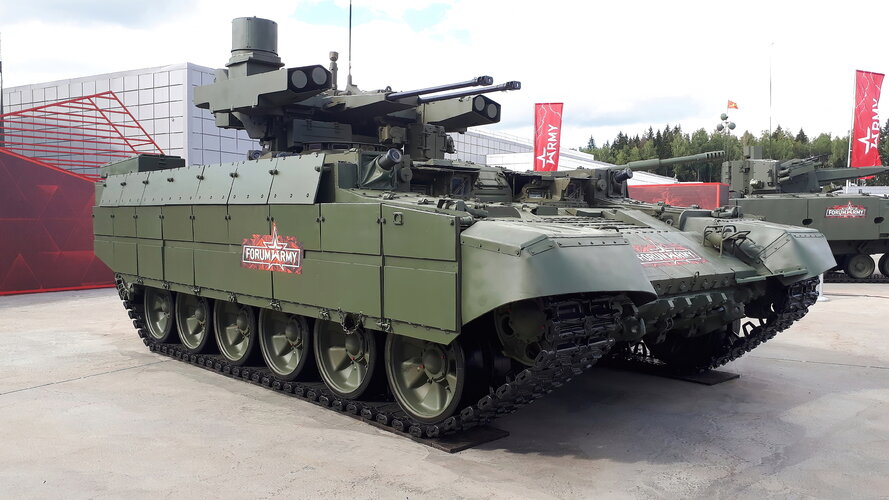Something I left out of my first post was ground based air defence. BAOR had no Gepards unlike its Belgian, Dutch and W German colleagues. Starstreak on a tracked vehicle was the alternative but arrived too late. Tracked Rapier like Challenger was an Iranian vehicle shoehorned into Europe.
Yep. Only so much can be done about it with the mismanaged British economy and military industry, and even in a poor 70's economy, a better managed MIC could still have worked better through better exports of more competitive equipment. The BAOR should have just got Tracked Rapier on a Stormer chassis back when the latter vehicle was prototyped by MVEE in 1976.
I am not convinced that Chieftain/Challenger really got us anywhere for all the money spent on them. An improved Centurion could have been made as good as Leopard 1 and M60A1. Choosing between M1 and Leopard2 I would have joined the Dutch and bought Leopard 2 in the 80s.
Well, the UK could have done much better than it historically did with less mismanagement, but I agree that by the time they contemplated Challenger 1 they should have just acquired a M1 or Leo 2 license, which was offered (and was offered for the Chieftain replacement Challenger 2 had been designed for), and the British Army really wanted Leopard 2 instead of CR2. They were both more mature than CR1 and better than either CR1 or CR2, especially since they kept less from their predecessors than CR1 and 2 kept from Chieftain. And you get the bonus of commonality with your allies.
The British historically brought up the argument of "keeping local production and design capacity" or "they do not perfectly meet our reqs", but neither argument really works given that the US and Germany offered very favourable license agreements with the possibility to design British upgrades for them and the UK killed its tank industry anyway with no compensation OTL. And for the second argument, well the British could design upgrades for M1 and Leo 2 to meet said reqs (FCS and optics for M1, armor for both although Burlington really wasn't as efficient as US and German armor and the Challengers were barely adequate and competitive only because they were heavier) already but at least they wouldn't have to pay and wait for the "perfect I swear" British tank like MBT-80, and could design upgrades only for areas they really want to change while they don't need to pay for what is already mature.
I disagree about Centurion instead of Chieftain. The former can not truly match Leopard 1 and M60A1 without complete structural upgrades that would almost require new production, and if you produce something new you might as well go all the way to a new design like Chieftain. Upgrades without a complete rework will just leave you with a very weight-inefficient layout with some glaring deficiencies (not very ergonomic turret with the smallest turret ring of all 105mm NATO tanks, no optical rangefinder, slow for the armor it has), that is also worn out, and with some parts that are not as durable as new tanks.
Once again, the problem was not in making a proper replacement for Centurion, but in the UK deciding on technical solutions that were poor either in hindsight or already compared to contemporary tanks, or cheapening out on bad worksmanship and some parts. The same problems would have been found in a Centurion upgrade done by the same UK.
My recollection is that only Italy fitted its M109 with FH70 barrels. Not bothering with FH70 and AS90 would have allowed us to have improved M109s across all BAOR and dispose of Abott.
No, the Germans also mounted the FH70 on their M109s, and Norway bought the German upgrade. AS90 might have been valuable but only if the UK had been more agressive with keeping it up to date and exporting it (like the Korean K9 or the German Pzh 2000). Otherwise it was just a hull that wasn't standard with anything in the British or foreign fleets. I disagree about FH70 as it was quite commercially successful and better than any foreign option of the time, and NATO really was bad enough at artillery that it needed a winner like FH70.
Warrior with its 30mm Rarden certainly came into its own in the Gulf Wars and in Yugoslavia in the 90s.
The one thing I dislike about it is that it should have entered service in the 70s when an unstabilized Rarden and image intensifiers were not so outdated. By the late 80s more modern IFVs that could mount a properly automatic, stabilized and more powerful 30mm Bushmaster were just around the corner and the rationale for Rarden really no longer worked, and it barely did as is in the 70s.
Again, the gist of it is that you either want a UK that manages its own military industry better or at least you want it to be more efficient at buying foreign. I would point out however that foreign wasn't always financially better even if it in mass production outside of Britain, due to the recurrent lack of dollars in the British reserves.

